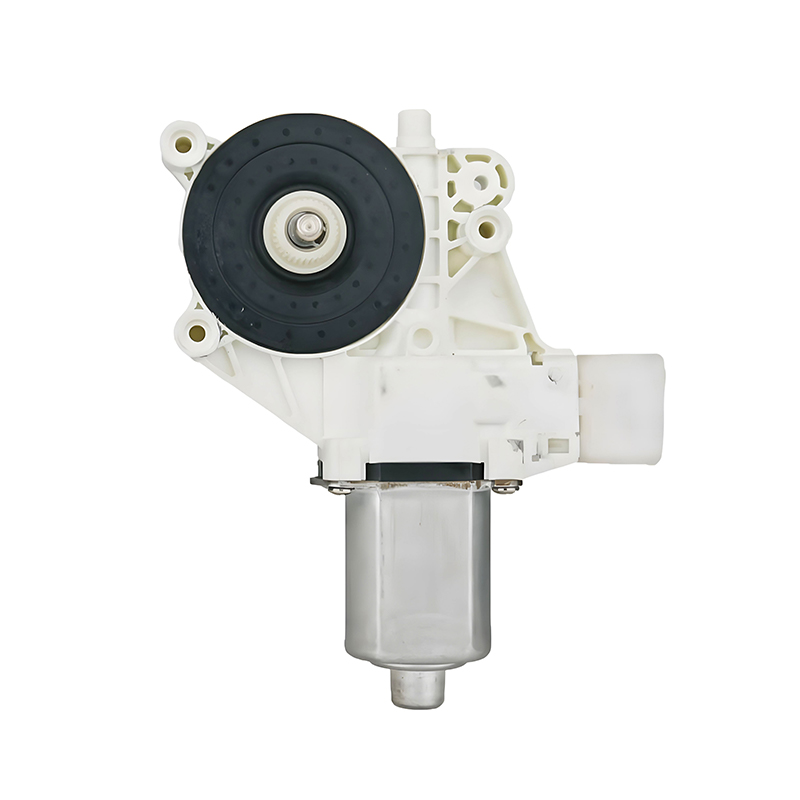The continuous development of automotive systems demands not only innovation in design but also consistency in durability. Among the various components that contribute to vehicle reliability, the wiper motor plays a crucial role in maintaining visibility during challenging weather conditions. Recent endurance testing on the latest wiper motor models has shown significant improvement in durability and performance, reaffirming the motor's readiness for long-term integration in modern automotive environments.
The wiper motor has traditionally operated under high-frequency use, exposed to water, dirt, and temperature fluctuations. These elements can accelerate wear and affect motor life. In the latest round of endurance testing, engineers subjected the wiper motor to rigorous cycles of continuous operation, simulating years of use within a short span of time. Testing conditions included temperature variations, moisture exposure, voltage fluctuations, and dust penetration. The results showed that the updated motor design withstood over 1 million operational cycles without critical failure or performance degradation. Noise levels, torque delivery, and speed consistency remained stable throughout the test duration.
One of the critical enhancements contributing to this durability was the refinement in the internal gear system. Frictional losses were reduced through the use of upgraded gear materials and improved lubrication methods. These upgrades ensured smoother operation and lessd component stress during high-speed cycles. In addition, the sealing mechanism of the motor housing was redesigned to resist water ingress, improving performance under real-world rainy conditions. Engineers also introduced a revised brush contact layout, which improved electrical continuity over extended use.

The importance of such improvements extends beyond the wiper system alone. For instance, in electric window regulator assemblies, durability is just as important. Window regulators, often used multiple times a day, rely on small drive motors that function similarly to wiper motors. When customers experience motor failure in a window regulator, it's often due to mechanical wear or motor fatigue. The engineering lessons learned from the wiper motor's endurance improvements can also be translated into more robust window regulator solutions. Smoother gear transitions, better sealing, and improved motor brush assemblies can all contribute to longer service life in these systems.
Similarly, the mini sunroof motor—another compact yet vital component—is expected to deliver consistent performance across its lifespan. Often housed in tight spaces and exposed to heat from the roof structure, the sunroof motor must handle opening and closing cycles without overheating or lag. While not subjected to water in the same way as the wiper motor, the sunroof motor shares many technical challenges, including gear wear, torque retention, and quiet operation. By integrating durable features from the wiper motor's latest design—such as thermal-resistant grease, sealed enclosures, and advanced contact materials—sunroof motors can be made more resilient.
Durability is more than just about withstanding a lab test; it's about ensuring that customers don't experience failure during daily use. Whether a vehicle is in cold, icy conditions or under heavy rainfall, the components responsible for visibility and comfort must continue to perform without interruption. A more durable wiper motor means fewer replacements, lower maintenance costs, and a smoother driving experience.
This recent round of testing reinforces the direction of future development: a focus on practical longevity. Motors are no longer designed solely around initial performance—they are built for real-world use, over years of cycles, temperature shifts, and physical stress. As this technology makes its way into mass production, the ripple effect will likely be seen in other related systems, such as power window assemblies and compact roof mechanisms.
Engineers continue to evaluate how these updates can be adapted across the full range of vehicle-mounted electric motors. From window regulator assemblies to mini sunroof motors, the push toward smarter design and enhanced endurance will define the next generation of automotive comfort and functionality. The goal remains clear: components that quietly do their job, day after day, without needing attention. And with each testing milestone, that goal becomes more attainable.
Your email address will not be published. Required field are marked*